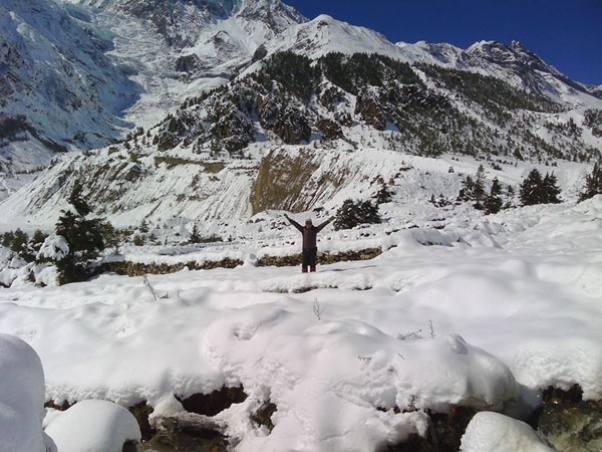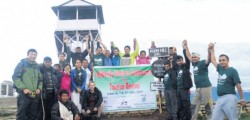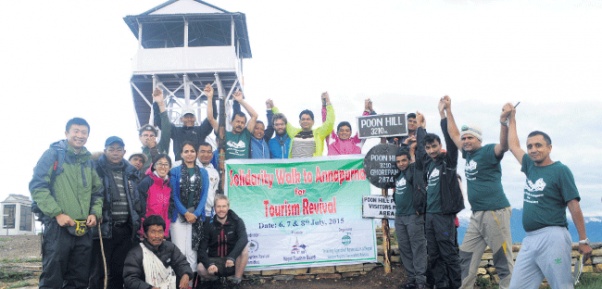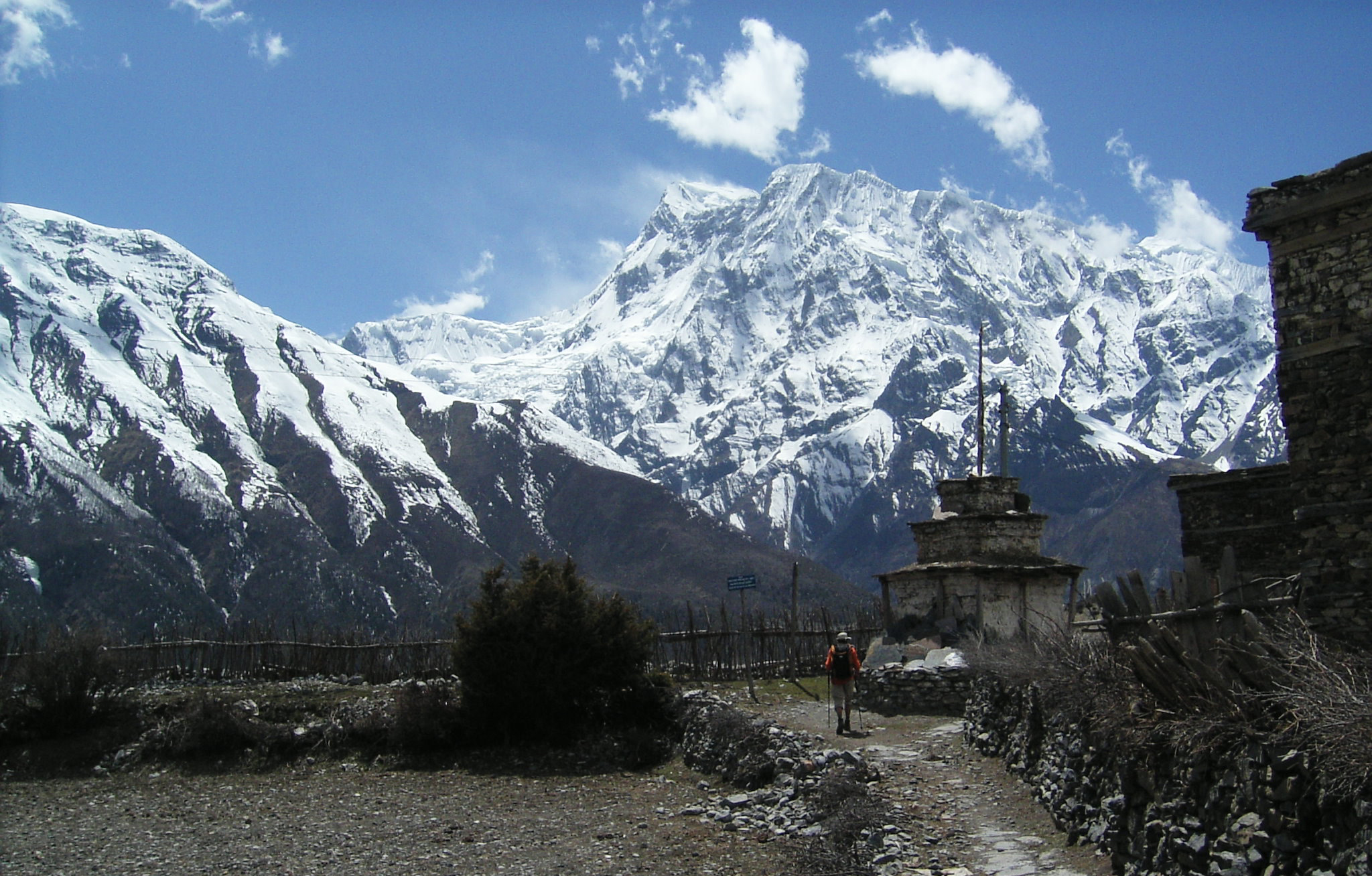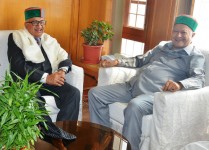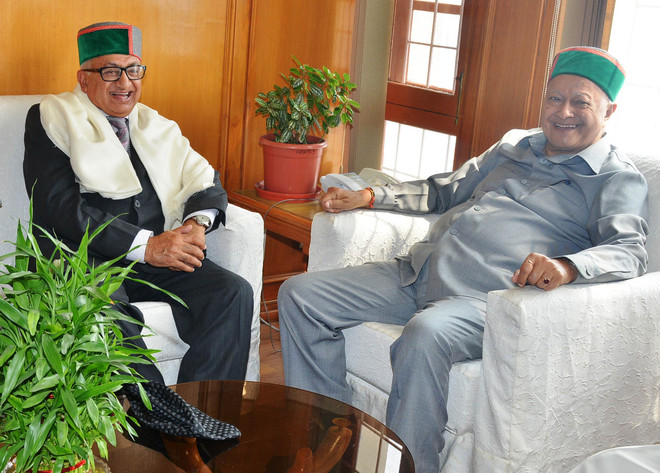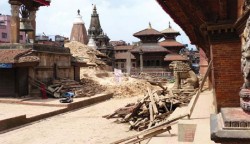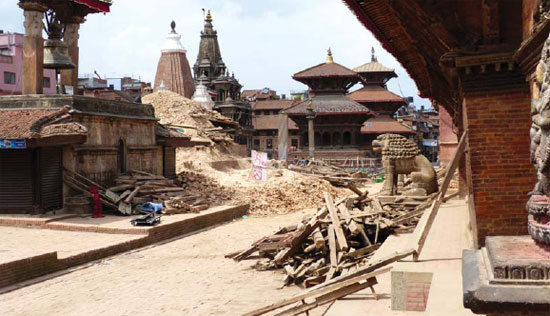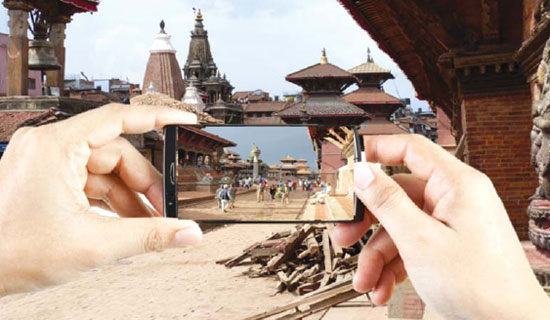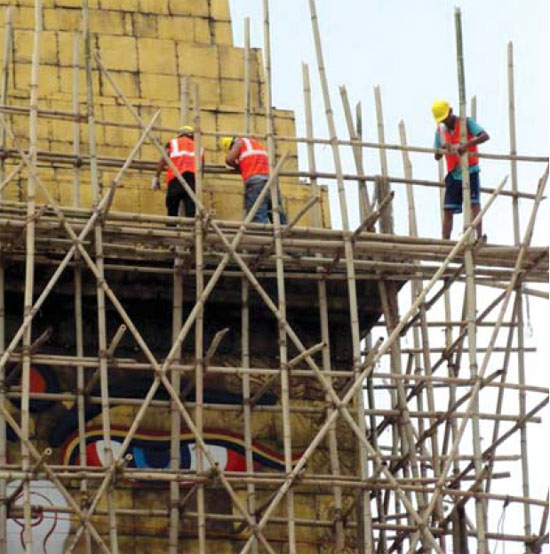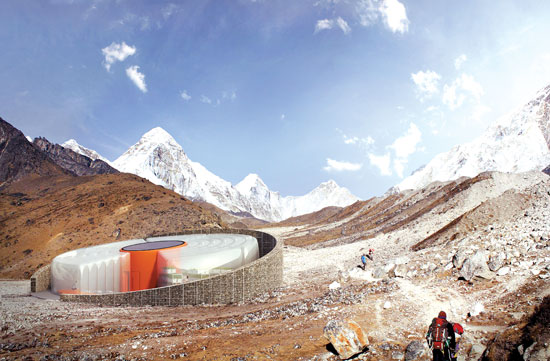Nepal has been included in the top list of the best places to travel this October by the world’s leading travel guide Lonely Planet.
“Everyone has seen the news reports from the April 25 earthquake in Nepal, but most reports neglected to mention that most of Nepal was untouched by the disaster, including the most popular trekking areas,” the travel guide said. “With the clearing of the monsoon rains, October is once again peak season for trekking, and the Annapurna region is a great, nay epic, place to start.”
From the gateway town of Pokhara, which saw little damage from the tremor, classic trekking routes such as the Annapurna Circuit and Annapurna Sanctuary Trek offers the kind of views normally reserved for mountaineers, it said.
Pokhara is easy to reach from Kathmandu, also fully open for business, and it’s easy to make arrangements for a trek on arrival. “In the process, you’ll be performing a valuable social service, helping Nepal to rebuild after the disaster by investing directly in the local economy.”
The Annapurna Circuit is the most popular trekking route in Nepal . It includes the high pass of Thorong-La. The trek reaches an altitude of 5,416 metres at Thorong-La, touching the edge of the fabled Tibetan plateau. The magnificent mountain scenery seen at close quarters includes Annapurna 8,091 metres, Dhaulagiri 8,167 metres and Machhapuchchhre 6,993 metres. Every year, more than 100,000 trekkers visit the Annapurna area, 50 percent of whom visit the circuit.
Other places recommended by the travel guide are Jordan’s Petra, Mexico, Britain, Italy and New Mexico for the world-renowned Albuquerque International Balloon Fiesta.
With most of the countries lifting their negative travel advisories on Nepal, travel traders are optimistic that the country’s tourism will bounce back by autumn this year.
Recently, the US, UK and New Zealand lifted restrictions on their citizens travel ling to Nepal except to the districts hardest hit by the April 25 earthquake and aftershocks. A few countries have toned down their travel advisories.
The government, in a bid to revive the tourism industry, has been persuading countries to consider Nepal in regard to the travel alerts they have imposed after the earthquake.
The government has projected losing 40 percent of the tourists this year due to the mass departure of the visitors after the earthquake. Trip cancellations for the upcoming seasons are estimated to be more than 70 percent.
The Post-Disaster Needs Assessment report has pointed out that Nepal will significantly lose high-end tourists, but the low-end segment and backpackers will stick to their travel plans to visit the country.
Follow and share our more detail from our social media ; Facebook, Pinterest and Twitter.
Source:Ekantipur
Contact Us:
E-mail: sales@samratnepal





